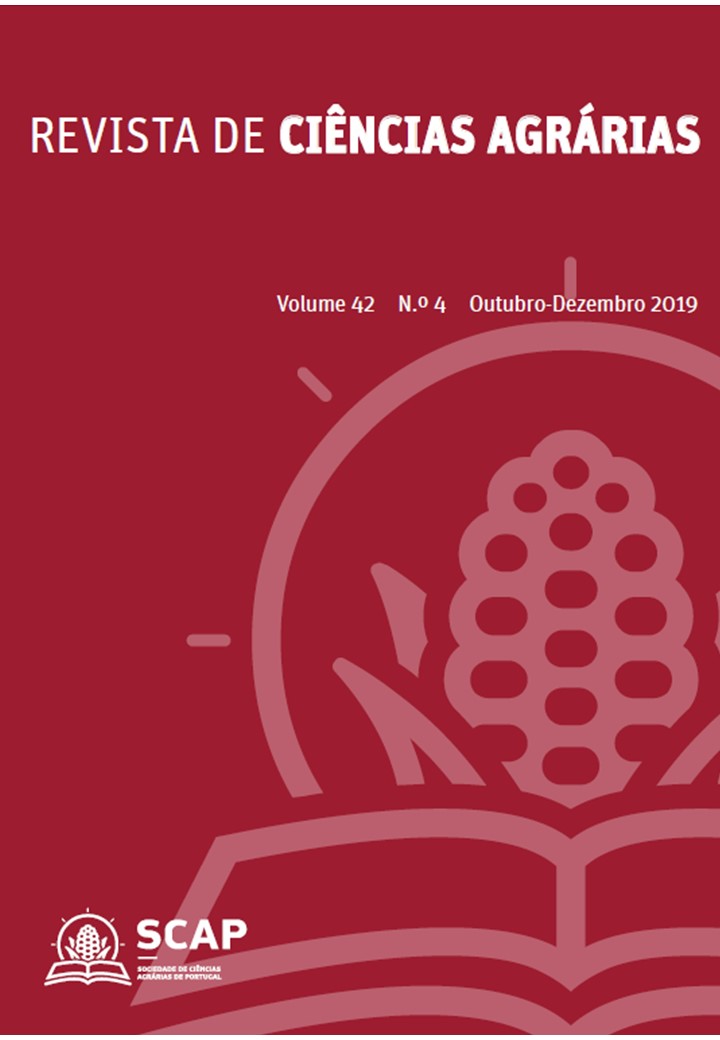Application of the biostimulant at different times and concentrations in the beet crop (Beta vulgaris)
Aplicação de biostimulante na cultura da beterraba
DOI:
https://doi.org/10.19084/rca.17477Abstract
Evaluate the influence of biostimulant application on the improvement of physical-chemical characteristics and productivity in the beet crop. The experiment was divided into two phases: the first one was carried out with the hybrid Kestrel®, with 10 treatments (two forms (vegetative growth + hypocotyl differentiation and 2nd to 3rd definitive leaf + vegetative growth + hypocotyl differentiation) x five application rates (0, 0.1, 0.2, 0.3 and 0.4%)) and the second with the variety Early Wonder®, with 9 treatments (three forms (3 definitive leaves, 3 definitive leaves + 7 days before transplanting and 7 days before transplantation) x four doses (0, 0.1, 0.2 and 0.3%) application). Experimental design was randomized blocks with four replications. Leaf number, leaf area, leaf length, tuber root length and diameter, yield and yield were evaluated. Data were submitted to Tukey test (5%). Doses between 0.1 to 0.3% applied in three phases (2nd to 3rd definitive leaf + vegetative growth + hypocotyl differentiation) present the best results. Application in molting phase (7 days before transplant) with concentration between 0.3%, is the most suitable moment for agricultural properties without implements.


